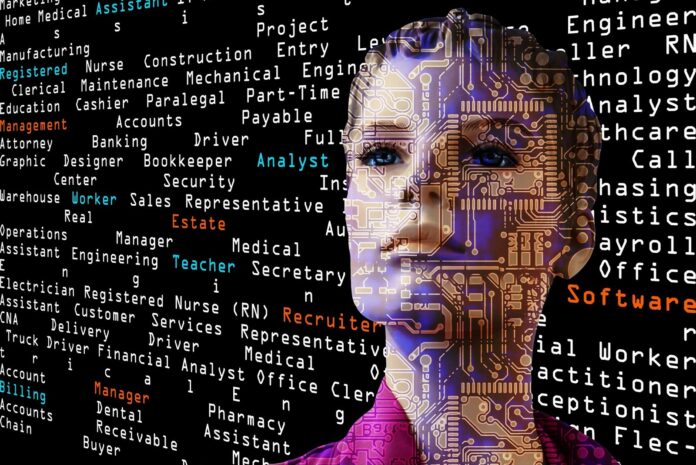In recent years, mostly improved macros or “robotic workers” planned to automate the most normal, dull and time-excessive tasks has seen remarkable growth in the appropriation of robotic process automation.
At the same time technology develops shoulder to shoulder with artificial intelligence and machine learning, the most inspiring future for knowledge workers is one where the simpleness of arrangement of RPA and the raw power of machine learning combines to build more productive, more intelligent robotic workers.
The main matter for adoption is that the companies would prefer not to disturb individuals with a lot of new tools and allow their environments to learn. RPA today is occupying pretty much every industry, the notable adopters of this tech are telecom firms, banks, insurance agencies and service organizations. The organizations in these divisions for the majority part have legacy systems and RPA solutions get effectively absorbed with their ongoing functionalities.
Artificial intelligence is basically about a computer’s capacity to imitate the human attitude, regardless of whether it’s tied in with identifying picture or even taking care of an issue or a discussion i.e. thinking and working like humans. Whereas, RPA is an innovation which automates a task by making use of a particular set of rules and an algorithm. While AI is more focused around doing human-level projects. RPA is tied in with saving the business and white-collar workers time. Most likely the well-known instances of RPA are moving data from one system to another, payroll processing, forms processing and more.
AI steps ahead than RPA, these two technologies have the capability to take things to the next level if both are combined. For example, imagine you need your reports to be in a particular format to get them to examine, and RPA carries out this responsibility. If you make use of an AI framework that would sift through the inadmissible archives and the work of the RPA would be a lot effortless. This joint effort is called Automation Continuum.
The evolution of Generative Pre-prepared Transformer 3(GPT-3), is an unbelievable innovation that utilizes AI to use the vast amount of language data on the internet. Artificial intelligence will help RPA tools go farther and will allow RPA to make the next pace and answer the point of “What else?”.
Even huge organizations like IBM, SAP and Microsoft are tapping progressively more to RPA, which means they are increasing the awareness and foothold of RPA programming. The idea of Automation Continuum is getting famous among a lot of companies. The business is presently seeing their capacities and in time, RPA and AI are two notable technologies that companies can utilize to help their company’s digital transformation.
Through optimization, the upcoming age of RPA will provide more advantages using AI and machine learning. This isn’t about rapid automation, however about better automation.

